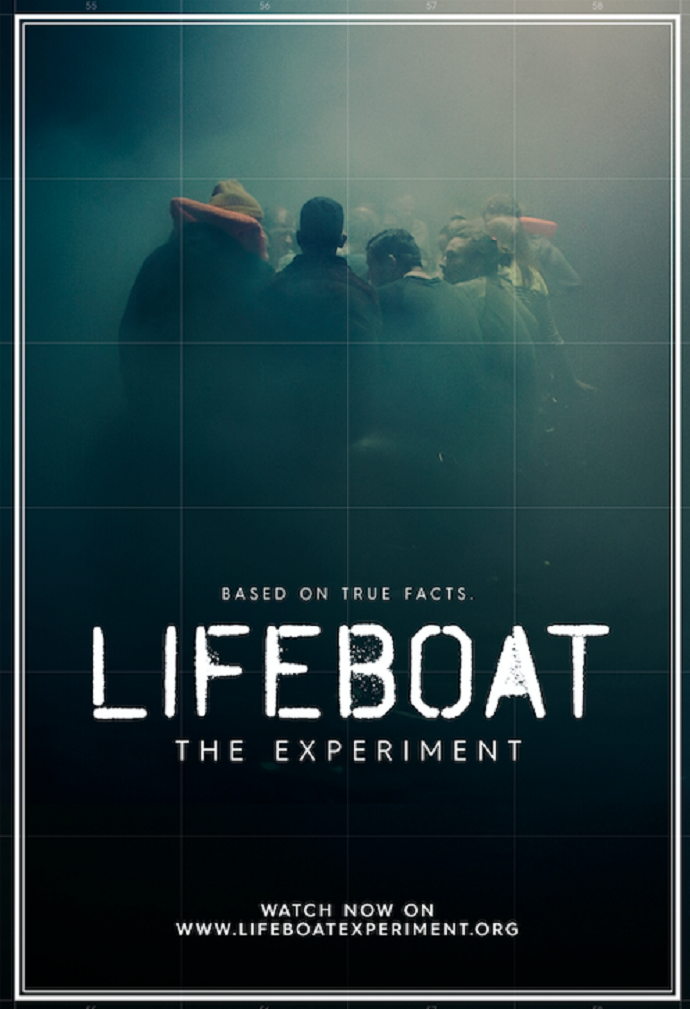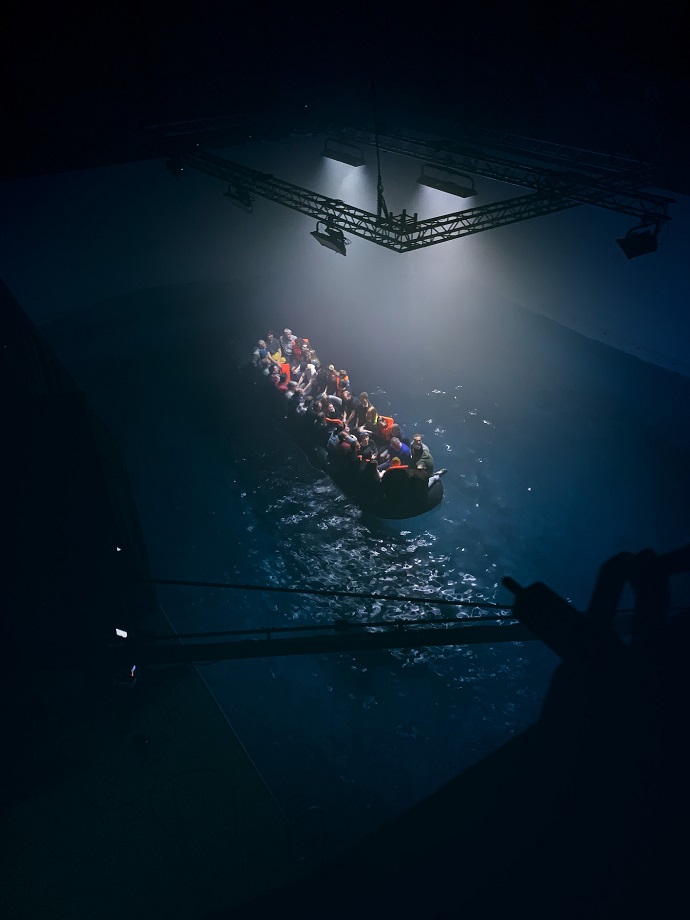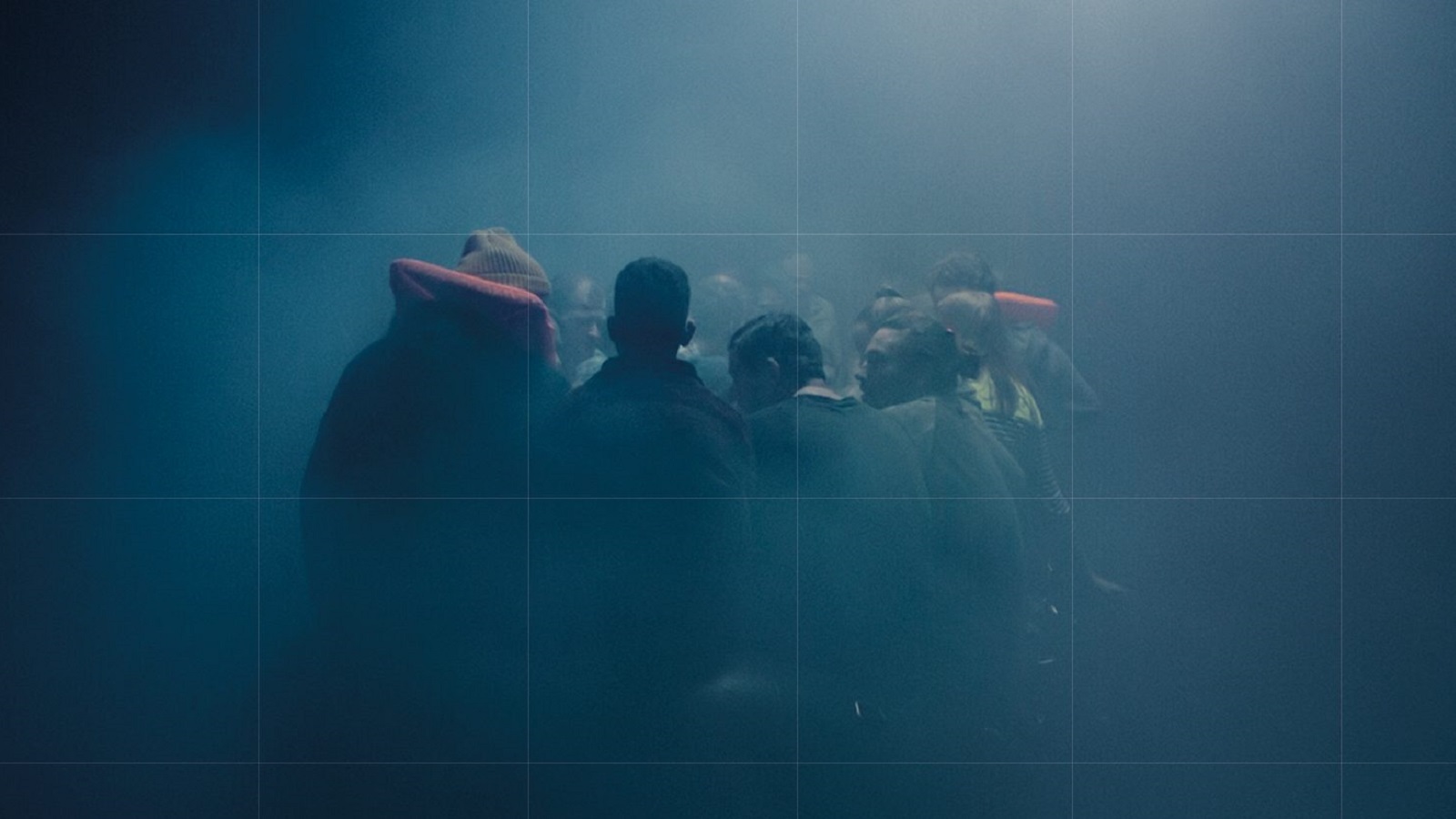In 2018, at least 2000 Syrian refugees lost their lives in the waters of the Mediterranean Sea when attempting to cross it. That means six deaths a day. Six people who were unable to reach dry land and safety. Since 2015, the number has quadrupled. Yes, that’s four times more casualties in just four years. However, more alarming is the fact that 85% of German are not aware of this crisis, says a study commissioned by Sea-Watch NGO.
Michael Schwickart of Sea-Watch explains the background behind the deadly pass: “When we started civil sea rescue in 2015, the mood in Germany was different. A few years later, the willingness to help and support has faded. But even in 2019, the Mediterranean remains the deadliest border in the world.”
We have learned how hard it is to flee across the Mediterranean just recently, throughout the story of little girl Malak. But as heartbreaking as her story is, we still don’t actually know how it feels like to cross the lethal waters to reach the safety of the Old Continent. Until now. Aid organization Sea-Watch decided to take drastic measures and make these dangers tangible to the audience. To make this concept possible, the NGO partnered up with advertising giant Serviceplan Group and launched the “Lifeboat” experiment. Together they invited 40 volunteers to donate their time and find out what it is like to be in a Syrian refugee’s shoes. Let’s say they got a bit wet.

Their traumatic adventure was documented in a film directed by Oscar-nominated Skye Fitzgerald. Leading psychologist Michael Thiel was on hand throughout the experiment as a consultant. Besides these experts, the Hamburg-based agency asked for the help of five refugees who have survived the Mediterranean Sea crossing. They joined the initiative with their own experiences and impressions. Based on their sad stories, the crew developed the experiment, which could be specially designed to be as realistic as possible thanks to their encounters.
So, imagine this: You don’t know who’s next to you, it’s completely dark outside, the seas are mad, and you are crowded in a tiny boat – which is the only available thing you can use to save yourself from drowning. What would you do? Would you still get in this boat to save yourself? We bet that you’ll think twice before doing it. But Syrian refugees don’t have a choice. If they want to survive, they have to take the risk of getting almost face-to-face with death itself.
The 40 volunteers were crowded together on a rubber dinghy in a maritime training facility, where the motion of the sea, lighting conditions, and background noise constantly change. The participants had to endure these conditions for five hours! During the simulation, the waters formed large waves, the ambient noise increased, while the darkness aggravated the already dire situation, making it more and more difficult for the volunteers. Medical personnel were present for the entire simulation, ensuring that everything unfolded in safe conditions.

As expected, most of the participants became seasick. Others complained about nausea and dizziness. Some even vomited and aborted the project prematurely by jumping into the waters. Thank God, they were able to swim to the edge of the pool. But refugees don’t have this option. Once they jump from the boat, they jump forever. The experiment’s results came as expected: All volunteers agreed that only despair and hopelessness could make one do such a thing. No man would do such a thing voluntarily.
“Of course, the experiences of refugees cannot be simulated entirely realistically, but the experiment nevertheless creates an approximation of the situation and emotions it evokes. “LIFEBOAT – The Experiment” underlines the necessity of the sea rescue organization Sea-Watch and gives the participants a deeper understanding of the extreme danger faced by immigrants attempting such dangerous crossings”, concluded Schwickart of Sea-Watch.
The director, Skye Fitzgerald, also explained his point of view: “This experiment will be part of the dialogue that brings change. We are starting to think about how we can deal with this crisis in a more meaningful way. If we change even one person’s opinion about the Refugee crisis with this experiment, then it was a complete and absolute success.”
Mr. Fitzgerald, we do have one thing to tell you: The experiment has changed the way our editorial staff thinks about refugees. Let’s hope that you will succeed in changing other people’s perception too!
